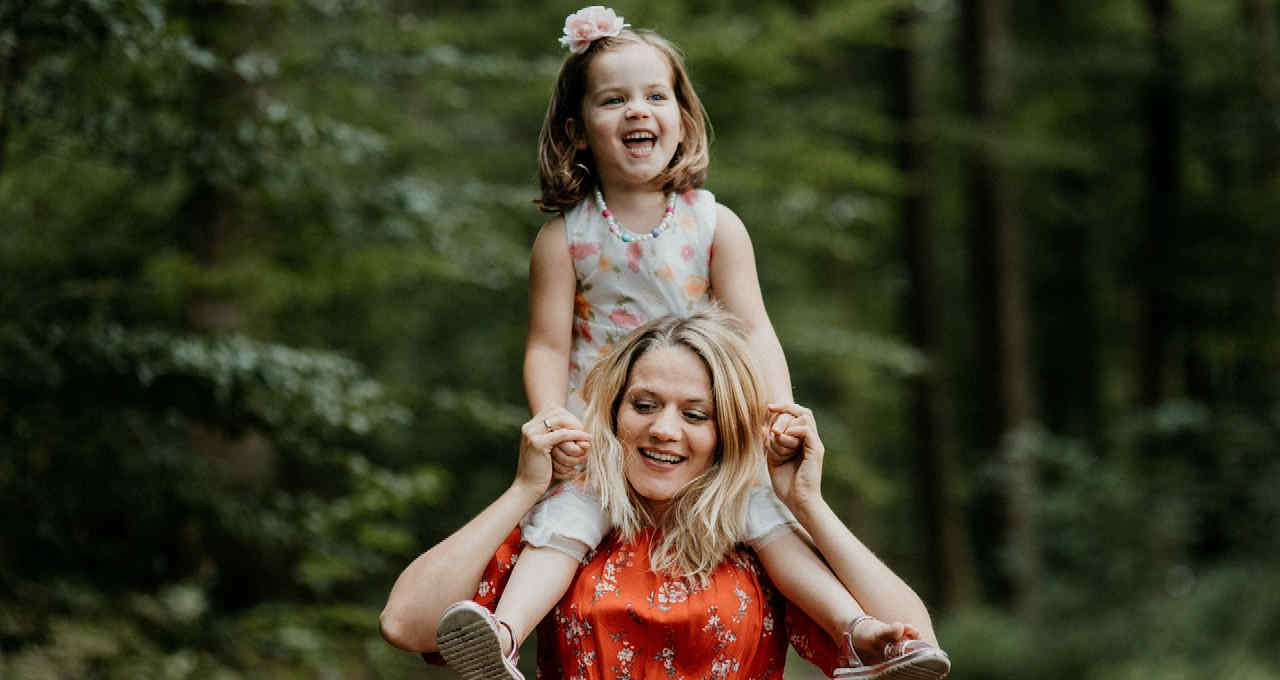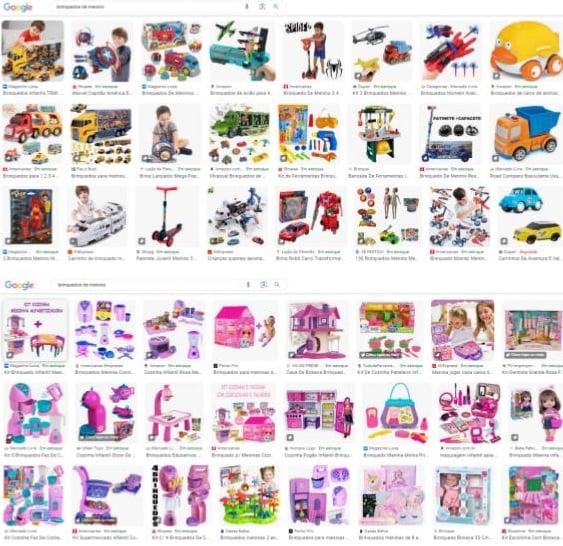
Today's toys help shape tomorrow's adults
As soon as we arrived in Recife, my mother wanted to please her grandchildren (grandmother's anxiety) and deliver some of the treats she had bought for the holidays.
For my son, a 6-year-old boy, a word search book with names of cities and countries.
For my daughter, an 8-year-old girl, a booklet of Monica's Gang stickers.
For him, an activity that helps with memorization capacity and vocabulary expansion, that is, it promotes neural activities such as synapses.
For her, it was entertainment with very low mental complexity – for children aged 2-3, it could even be an activity to work on fine motor coordination, which was clearly not the case.
Is my mother clueless? Not at all, quite the opposite. Her attitude is an example (perhaps the most explicit) of how we still educate our children based on gender stereotypes.
Boys generally receive toys that emphasize construction skills, action and aggression: building blocks, balls, toy guns, toolboxes, among others. For girls, the focus tends to be on the world of home, care and appearance: pots and pans, dolls and makeup, for example.
Today's toys help shape tomorrow's adults.
In addition to stimulating different capacities and skills, the toys offered to children carry values and intentions from the adult world that are internalized by the children themselves, who are precisely seeking to understand their place in the world.
The problem, of course, is not a single treat from grandma during the summer holidays, but the long-term cumulative effect of everyday messages (subtle or explicit) about gender roles.
Am I exaggerating? Try the simplest and most obvious experiment yourself: a Google search using the expressions “boy toys” and “girl toys”. For me, the result was this:

And Google, of course, is not alone. As a rule, when we go to a toy store to buy a gift, the first two questions they ask us follow the script below:
1. Is it for a boy or a girl?
2. How old is he/she?
Invariably, depending on the answer to the first question, we are directed to one sector or another of the store that closely resembles the “division” of the online search engine.
I believe that the first question that should be asked by toy store attendants is: what does the child like to play with? Or perhaps skip straight to the age issue and, from there, offer a series of toys according to the type of skill that the child intends to develop.
In other words, the buyer's decision should be based more on skills than gender.
Financial education is a beautiful gift for children and can be encouraged by companies
Another excellent option for Children's Day – and one that does not carry any gender bias – is to offer gifts that help and encourage children's financial education.
Providing basic knowledge about personal finance and economics to today's children is investing in the financial health of the adults of the future – and this is essential, including for companies.
Research recently released by CNN Brasil revealed that financial problems impact people's mental health and, consequently, productivity.
Despite being a historically financially uneducated society, there is currently a large amount of educational material on the subject aimed at children.
And companies can and should use these resources to encourage employees to break this paradigm within their own homes.
Last year, for example, Empiricus ran a campaign in which in-house analysts answered questions about money and investments from employees' children.
Finally, with Children's Day approaching, here is a tip for those who are going to buy gifts for the kids, for those who are going to sell and for those who take care of people management within companies.
